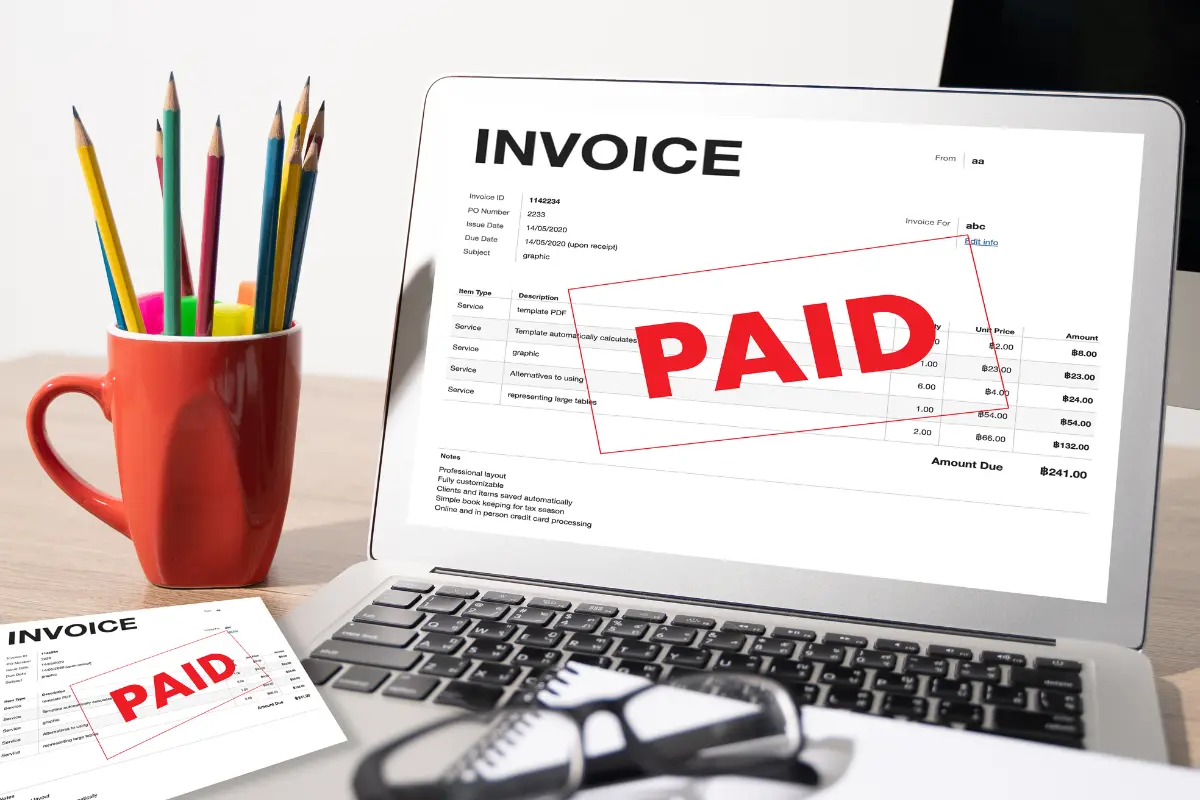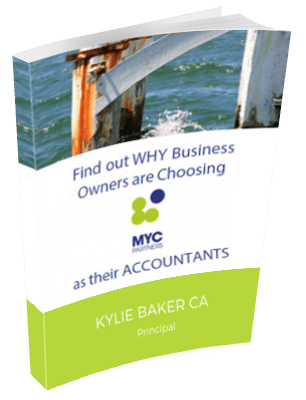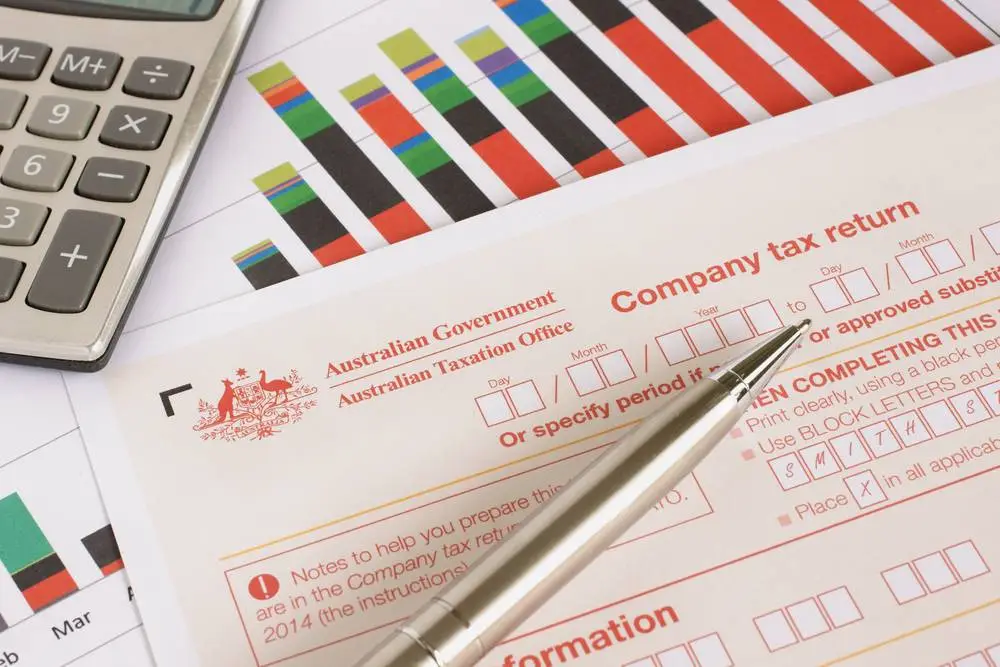
It’s that time of year again to start thinking about tax planning. As the end of the financial year approaches, maximising your tax deductions and minimising your tax liability should be top of mind.
But, have you ever wondered why some people handle tax season with apparent ease while others scramble at the last minute, only to end up paying more than expected?
The secret lies in two powerful words:
Tax planning strategies.
Proactive tax planning has significant benefits for both business owners and individuals. By taking advantage of the various tax minimisation strategies permitted under Australian tax law, you can ensure you’re not paying a cent more than necessary.
So, why wait until the last minute?
In this article, we’ll explore several smart and legal tax planning tips that could help slash your tax bill for the current financial year. From superannuation contributions to timing deductible expenses and managing investment assets, these strategies will ensure you pay no more tax than is necessary.
Tax Planning Strategy 1: Superannuation Contributions
Superannuation contributions are one of the most effective ways to reduce your taxable income and boost your retirement savings. There are a couple of different routes you can take here.
Concessional (Pre-Tax) Contributions
You can instruct your employer to salary sacrifice a portion of your pre-tax income into your super fund. These contributions are taxed at the concessional rate of just 15% rather than your marginal tax rate, providing an immediate tax reduction.
Non-Concessional (After-Tax) Contributions
Alternatively, you can make after-tax super contributions from your take-home pay up to the annual non-concessional cap of $110,000. While not taxed upfront, these contributions grow in a concessionally taxed environment.
Concessional (After Tax) Contributions
An added benefit is that individuals with super balances below $500,000 can access unused concessional cap amounts on a rolling 5-year basis. So, you may be able to make larger contributions and claim bigger tax deductions.
Tax Planning Strategy 2: Timing Business Expenses
For business owners and sole traders, timing when you make deductible purchases and prepay certain expenses can significantly reduce your taxable income.
Review your projected profits and tax situation as the end of the financial year approaches. If you have a higher tax bill based on your earnings, look for opportunities to bring forward deductible expenses into the current year rather than deferring until the following year. Just be mindful that you can’t re-deduct the amounts in the next financial year.
Some examples of expenses you may be able to prepay and claim deductions for include:
- Rent on business premises (up to 12 months allowed)
- Operating expenses like insurance, subscriptions, professional memberships
- Work vehicle costs like registration and insurance
- Asset purchases for equipment, computers, furniture etc.
- Income protection insurance premiums
- Interest charges on business loans or equipment financing
The key is to ensure the prepaid expenses don’t exceed the taxable income you’re trying to offset. You’ll also need sufficient cashflow available to make these lump sum payments.
Tax Planning Strategy 3: Managing Invoices

If you operate a business that allows you to invoice clients or customers on a flexible schedule, you may be able to defer part of your income to the next year to reduce your current taxable income.
For example:
If your profit projections show you will have a higher-than-normal income year, you could potentially delay raising some invoices until after June 30. The income would then be pushed into next year’s tax bill instead of being taxed this year.
Of course, this strategy must be balanced against maintaining adequate cash flow for your business operations. You don’t want to create a liquidity crunch just to defer some income. However delaying invoices can be a useful tax planning tool if your cash situation allows for it.
It requires coordination with your clients so they are aware of and okay with the delayed invoicing. As long as you deliver the goods or services before June 30, you can generally defer raising the invoice until after the new financial year begins.
Tax Planning Strategy 4: Cost Base Adjustments
For individuals with investment loans or income-producing assets like rental properties, several cost-based adjustments can provide tax deductions and minimise their overall tax liability.
- Investment Loan Interest: If you have a loan to purchase investment assets like shares or managed funds, you can choose to prepay the interest charges and claim a larger upfront deduction.
- Investment Property Deductions: For property investors, depreciating the building and assets within the property can provide significant tax deductions. Engage a quantity surveyor to maximise these legitimate deductions.
- Negative Gearing Benefits: You can also take advantage of negative gearing benefits if your rental expenses exceed your income. This allows you to offset losses against other income, such as wages.
- Capital Gains Considerations: If you plan to sell an investment property, shares, or other assets, it’s wise to seek professional advice before the sale. This will allow you to plan for any potential capital gains taxes and possibly bring forward expenses to offset the gains.
Additional Tax Planning Strategies
- Review Income for Medicare Levy Surcharge: Depending on your income level, you may be subject to paying the Medicare Levy Surcharge if you don’t have adequate private health insurance coverage. Reviewing your income situation can help avoid this additional tax.
- Record Keeping: Maintaining thorough records with receipts for all deductible expenses is crucial. Don’t leave it until June 30th to gather your tax return documentation.
- Seeking Professional Advice Early: Engaging with a tax professional early in the year—or even at the end of the third quarter—allows you to plan effectively.
Conclusion
As you can see, there are numerous legal and effective strategies that individuals and business owners can use to minimise their tax obligations.
From optimising superannuation contributions to timing deductible expenses, managing income flows, and adjusting investment cost bases, being proactive with tax planning is crucial.
However, tax legislation can be complex, especially when coordinating multiple strategies. This is where seeking expert advice from a qualified tax professional pays dividends. We can assess your specific situation, understand your goals, and implement a tailored tax minimisation plan to ensure you don’t pay any more tax than is absolutely required by law.
So don’t go it alone and wait to leave your tax planning until the last minute. Contact MYC Partners today to book a tax planning session. We’ll guide you through the strategies relevant to your circumstances and maximise your deductions and offsets. The sooner you get started, the greater the potential tax savings.







